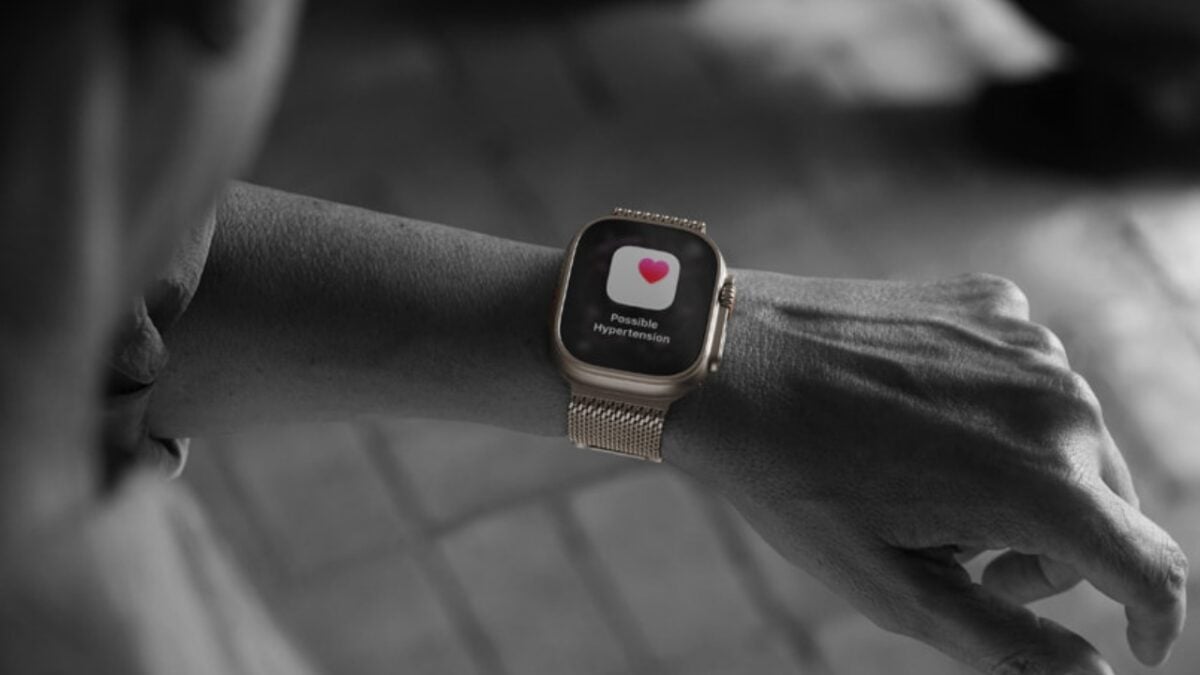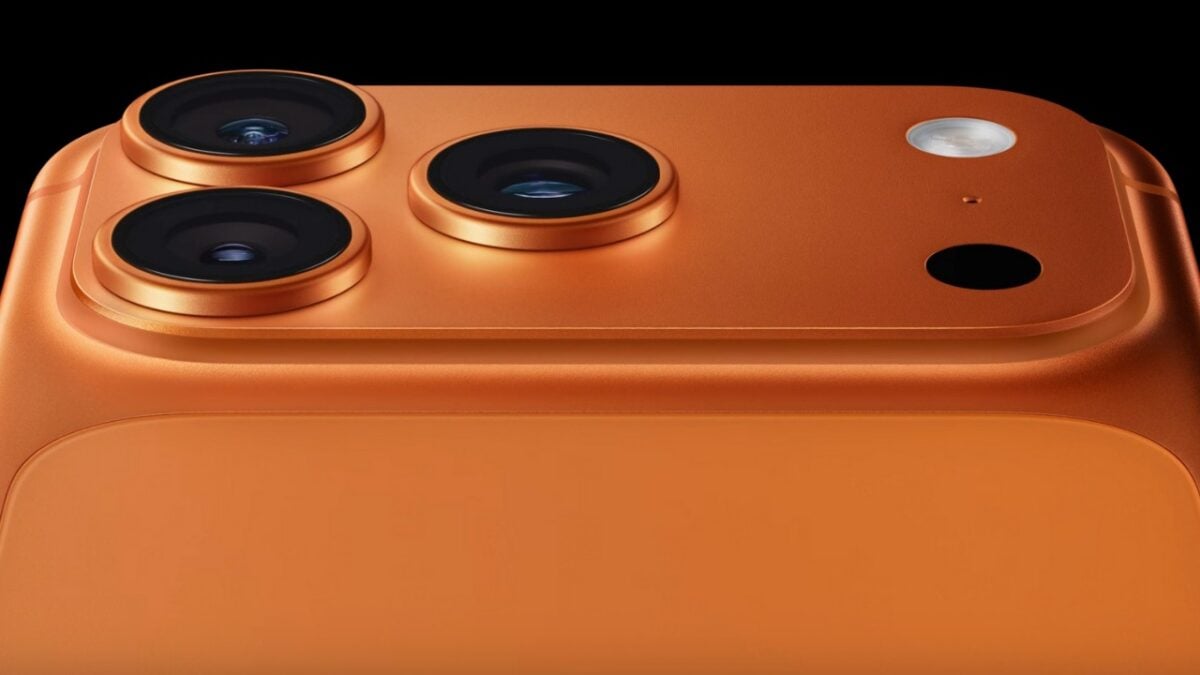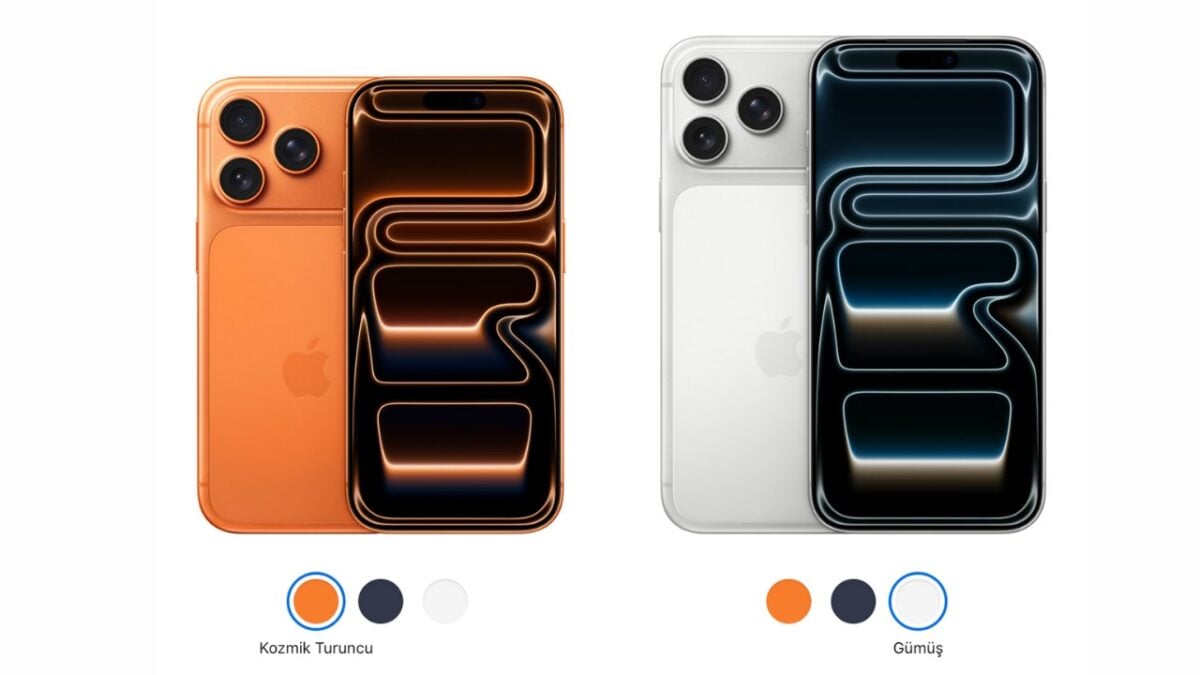Apple's "non-revolutionary" new devices: The new iPhone Air model and everything else unveiled at the event

Apple held its new event on September 9th at 8:00 PM Turkey time. Thanks to thousands of leaks since last year's event, we already knew roughly what the iPhones and other devices would look like. In fact, some of the leaks were so detailed that they gave the impression of deliberate leaks. There has been speculation in the industry for years that these leaks were deliberately ignored, and that tech companies were turning a blind eye to them to gauge public opinion.
The company opened the event with the unveiling of AirPods. The new-generation AirPods Pro 3, which haven't undergone any major design changes, have been specifically addressed with a smaller design. This allows for a better fit. As with all in-ear headphones, Apple offers users different silicone tips (five sizes to choose from) to adjust the size of the earbuds. Offering up to 8 hours of use on a single charge, the wireless earbuds stand out with their live translation feature. The company specifically emphasized that the AirPods Pro 3 will be able to provide instant live translation, eliminating language barriers. Initially, this translation feature will be available for English and Spanish, but more language options are expected to be added in the future.

As previously revealed in leaks, the device features a heart rate sensor. This will allow users to accurately monitor their heart rate while exercising. The headphones are IP57 certified.
Perhaps the biggest highlight about the headphones is that, regardless of which headphones users have used before, the AirPods Pro 3 will deliver "the world's best active noise cancellation (ANC)." This is a bold claim, as there are many brands and models that offer excellent ANC performance in daily use. While the AirPods Pro 3 may offer one of the best portable in-ear ANC experiences, there will be areas where it falls short overall. It's also worth noting that the validity of these performance claims will only become clear after use. However, with previous AirPods Pro models, the battery offered a rather restrictive experience, especially with ANC enabled. So, when you use the device with ANC enabled, it's likely it will only last a few hours before placing it in the charging case. On the other hand, in-ear models from brands like Sony, Bose, and Sennheiser outperform Apple in this regard. However, we'll see the results after use.
The wireless headphone model AirPods Pro 3 will be available for sale in Türkiye starting September 26 for 13,999 TL.

Apple has long been a popular choice for smartwatches, especially in sales. While I've been an Apple Watch user for years, I still have some points of criticism.
I've been using the Apple Watch since the Watch Series 3, and my biggest problem has been that it barely lasts a day, or even completely, with extended use. Because I've used iPhones and Android phones at different times, I've also opted for smartwatches and bands compatible with these devices. I've been using an iPhone again for a while now, and I've upgraded my smartwatch three times in that time. After using the Watch Series 3 for many years, I upgraded to the Watch Series 6. I used that for a while, but both models quickly became barely lasting a day with active use. I'm currently actively using the Apple Watch Ultra 2. There's a significant improvement in battery life. Still, it still seems unreasonable to me that only those who buy the Ultra model of the Apple Watch can get more than a day of use on a single charge.
Apple emphasized that it has improved the battery life of the three new smartwatch models it introduced at this event.

First introduced as an entry-level smartwatch, the most current version of the Apple Watch SE was released in 2022. The watch, which came with the update after three years, gains the Always-On display feature. The wrist-based temperature detection feature and the Vital Signs app allow you to access more comprehensive information with the watch. The upgrade in the SE 3 model, specifically regarding battery life, seems like a significant one. The Apple Watch SE 3 offers an 18-hour battery life . However, it still can't last a day! Fast charging quickly restores a device with a completely depleted battery to a usable level. Another major issue is flimsy screens, but Apple says the SE 3 has glass that is four times more resistant to cracking . Finally, safety features like Traffic Accident Detection and Fall Detection have also been added to this "affordable" model.
The model, available in two color options , will sell for ₺13,999 for the 40mm size, while the 44mm version will sell for ₺15,499 . If you want the GPS and cellular version, you'll have to shell out ₺24,999.

While not significantly different in design, the Watch Series 11 boasts a battery life of up to 24 hours, a new sleep tracking app, a sleep score, and increased durability. Thankfully, the battery will last a full day!
According to Apple, the Series 11 Watch has a glass screen that's twice as scratch-resistant as the Series 10. The company has also updated its newly introduced smartwatches with health-focused features. For example, with the Series 11, the ECG app can now be used to create a single-lead electrocardiogram, allowing users to monitor atrial fibrillation symptoms directly from the watch. Women have also been given consideration, with improved cycle tracking and retroactive ovulation predictions.
The most powerful model in the series, the Ultra 3 (like other recently introduced smartwatches), offers better battery life than the previous generation. In addition to sensors that can more accurately track users' activity, the Watch Ultra 3 also features dual-frequency GPS. Another area Apple is particularly ambitious about is the Ultra 3's battery life. According to the company, it can last up to 42 hours on a single charge under "normal use," the longest battery life of any Apple Watch. The screen has also been slightly larger and its brightness has been increased.
The Apple Watch Ultra 3 model will be available for pre-order on September 19 and will be available on September 26. The starting price of the device is 60,000 TL.

The most anticipated devices at the event were, of course, the new iPhone 17 series. These devices feature nearly all the previously rumored and leaked features. The new iPhone Air, the latest addition to the series, is the thinnest iPhone yet.
The iPhone 17 has a 6.3-inch display, while the iPhone Air has a 6.5-inch display. Both models have the same display specifications. The iPhone 17 has an aluminum frame, while the iPhone Air has a titanium frame. Both models also feature Ceramic Shield 2, which is three times more scratch-resistant. However, the iPhone Air also features Ceramic Shield protection for the back.
The iPhone 17 features the A19 processor with a 6-core CPU and a 5-core GPU with Neural Accelerators. The iPhone Air also features the A19 Pro processor with a 6-core CPU and a 5-core GPU with Neural Accelerators. However, while the iPhone 17 offers up to 30 hours of video playback on a single charge, the Air offers this time down to 27 hours.

The iPhone 17 has two rear cameras, while the iPhone Air has a single rear camera.
Both phones have an 18MP Center Stage front camera. This feature allows you to take a photo by holding the phone vertically and then shooting horizontally with a single click. It even automatically enlarges the frame as the number of people increases, eliminating the need for adjustments.
While the iPhone 17 has macro shooting, the iPhone Air does not.
While the iPhone 17 has 5x, 1x, and 2x optical zoom options, the Air model only has 1x and 2x optical zoom.
While the 256 GB storage version of the iPhone 17 will be sold for 77 thousand 999 TL, the 256 GB version of the iPhone Air will be sold for 97 thousand 999 TL.
There's no significant difference between the Pro models. The biggest difference is the screen size. There's no difference in processor, camera count, features, or design. Both phones have a unibody aluminum frame, an action button, and a Ceramic Shield 2 front panel that's three times more scratch-resistant, while the back panel features a Ceramic Shield.

Both iPhone models feature the A19 Pro chip, which features a 6-core CPU, a 6-core GPU with Neural Accelerators, and a 16-core Neural Engine.
The iPhone 17 Pro offers up to 31 hours of video playback, while the iPhone 17 Pro Max offers up to 37 hours. Like the other two iPhone models, both devices feature an 18MP Center Stage front camera. They also feature the ability to zoom or rotate by tapping.
The iPhone 17 Pro and 17 Pro Max models include a 48 MP Pro Fusion camera system, a 48 MP Fusion camera, a 48 MP Fusion ultra-wide camera, and a 48 MP Fusion telephoto camera.
On the video side, Dolby Vision support is offered for up to 4K resolution at 120Hz. Optical zoom options include 1x, 2x, 4x, 5x, and 8x.
The price difference between the two models isn't huge either. The iPhone 17 Pro model with 256GB of storage went on sale for 107,999 TL, while the starting price of the 256GB version of the iPhone 17 Pro Max was 119,999 TL.
If you're considering a phone change and plan to keep your device for a long time, say seven years, the iPhone 17 Pro seems like the most logical choice in terms of price, features, and innovation. If you're still thinking, "This isn't the year," it might be worth waiting for the foldable iPhone, which is rumored to be released in the coming years.
Medyascope





